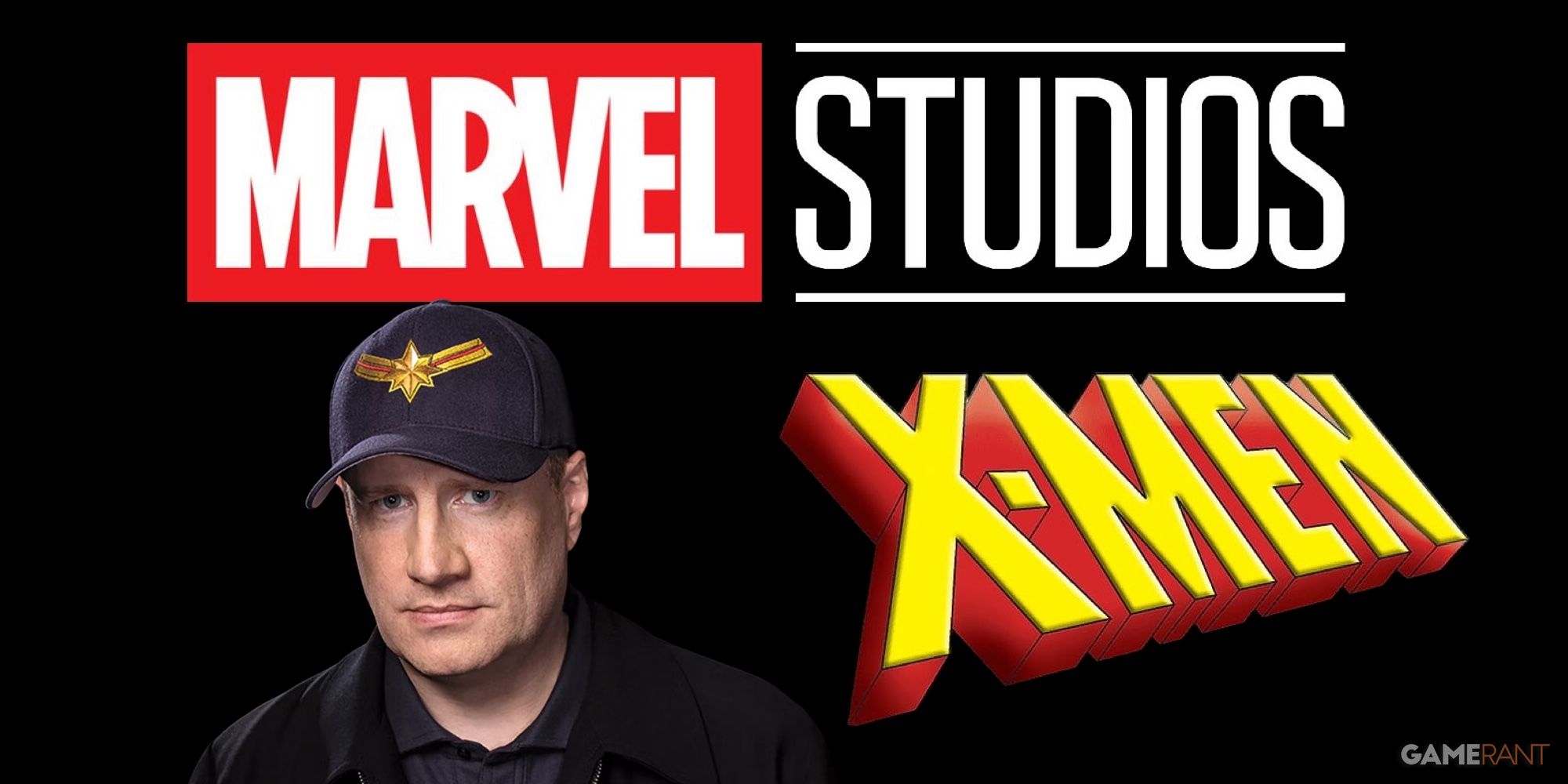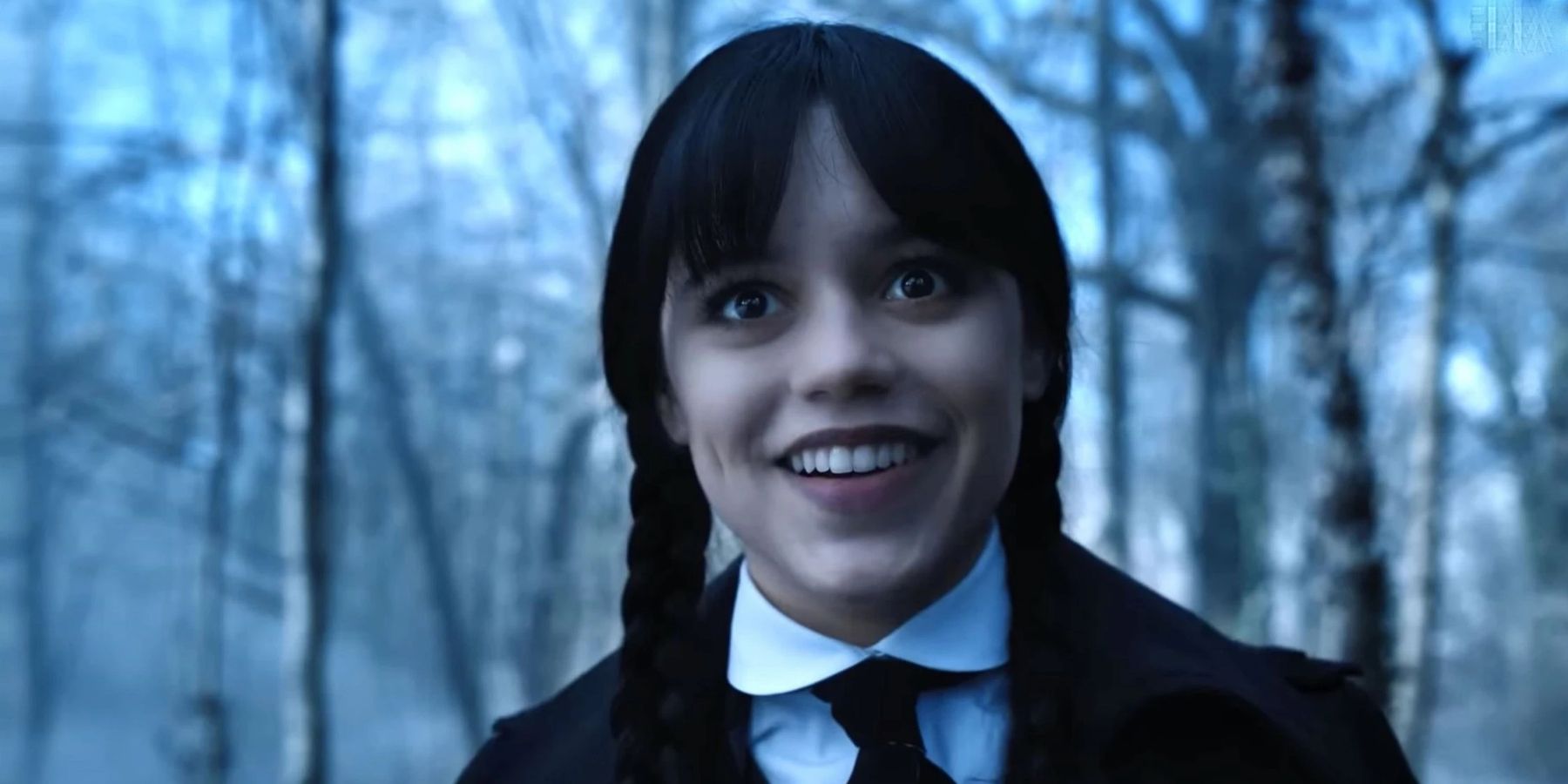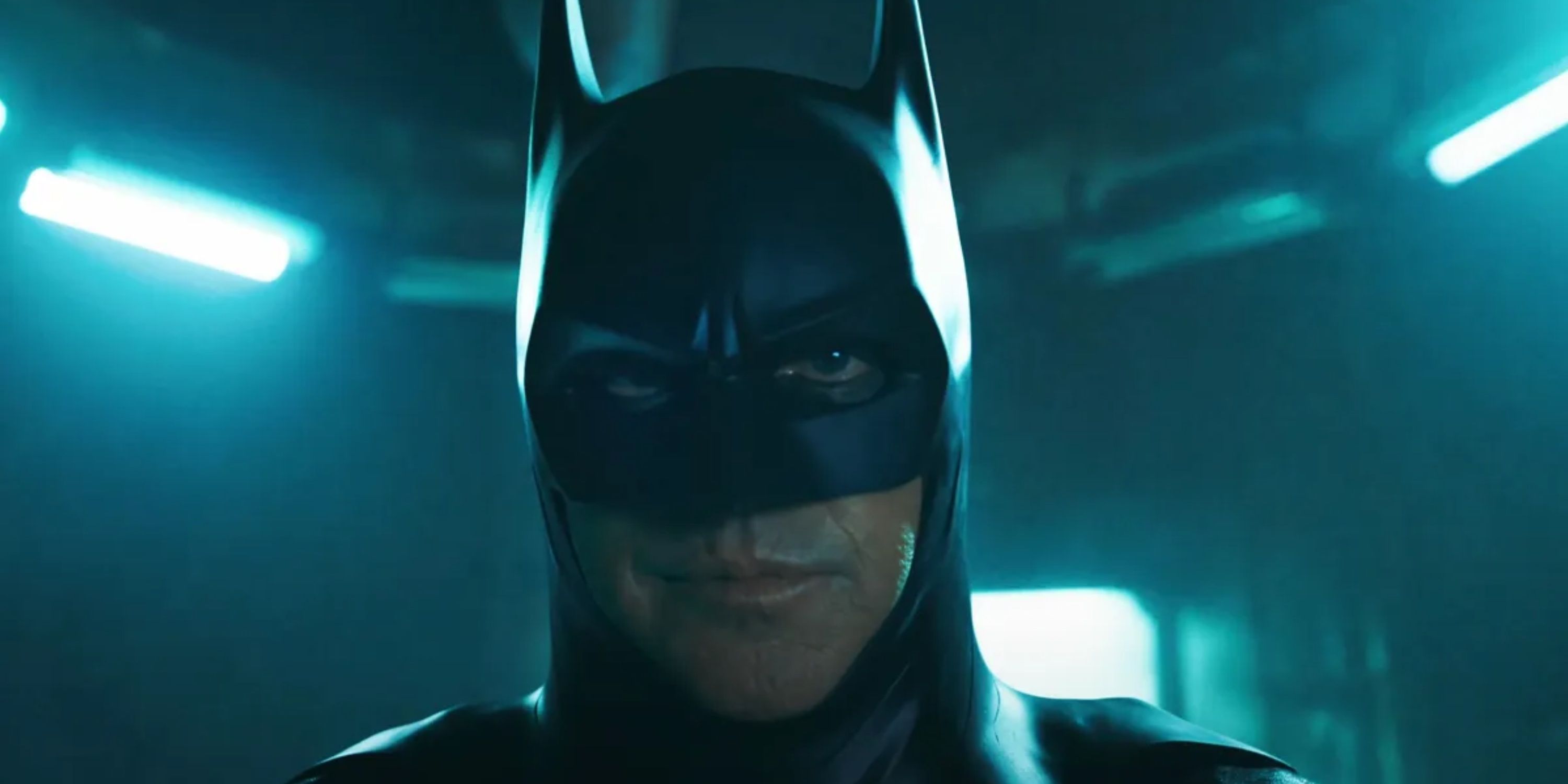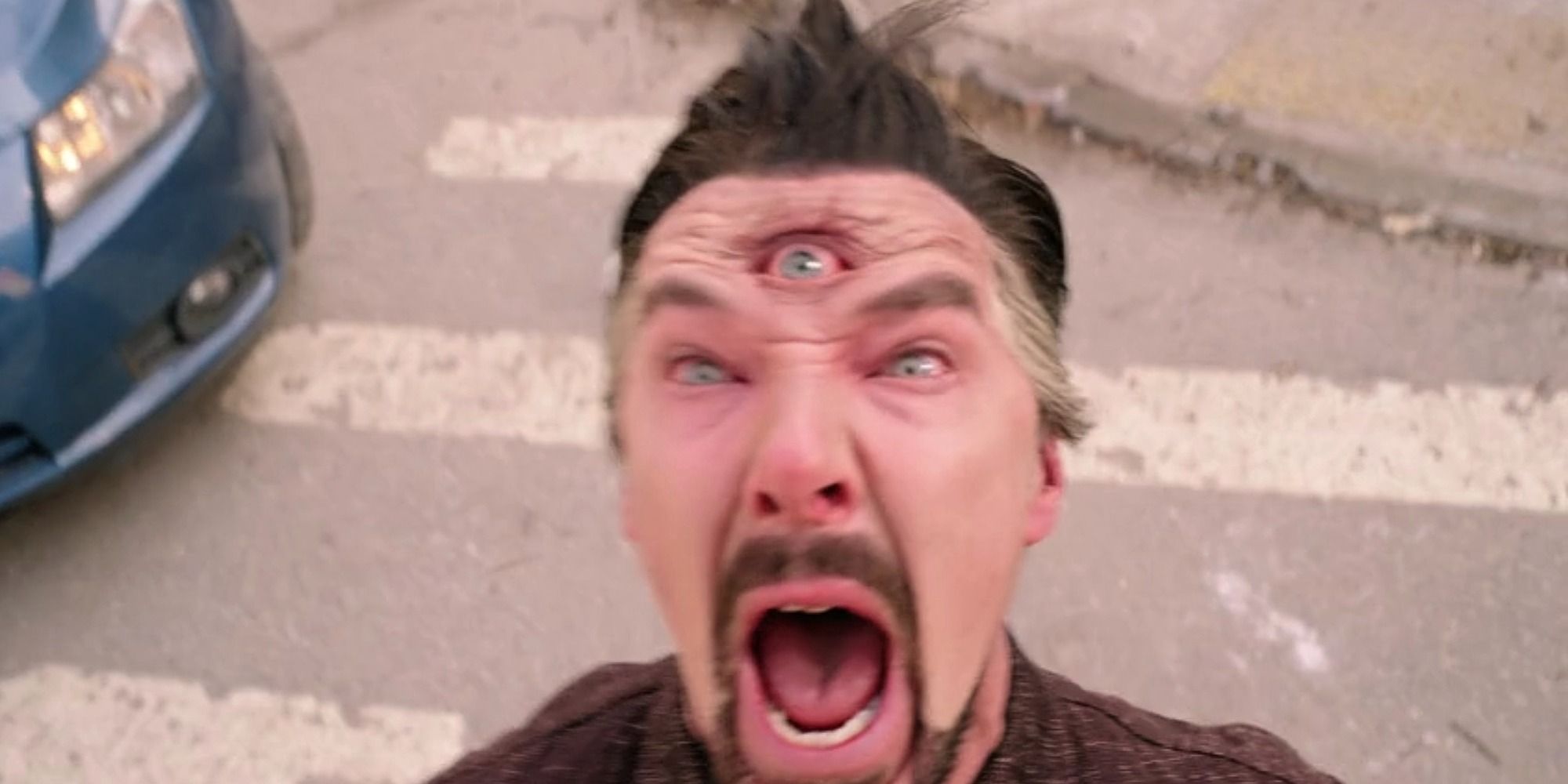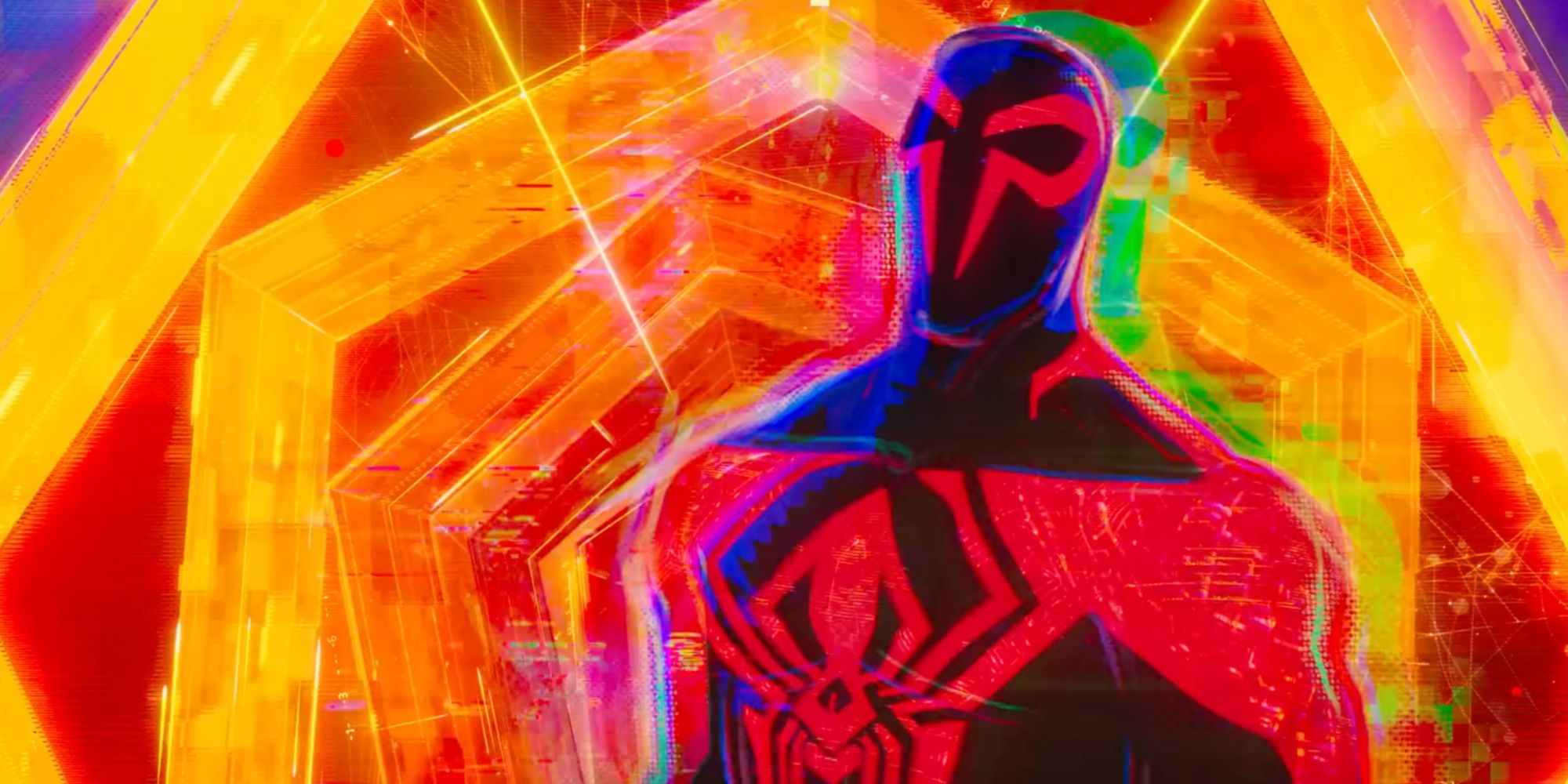It's hard to remember now, but when Marvel built its cinematic universe with a handful of well-received origin stories and a blockbuster team-up vehicle, it felt genuinely groundbreaking. The interconnectivity of comic book superheroes was considered unfilmable, but Marvel's success bred imitators. Now, one connected universe isn't enough. Everyone has to have a multiverse, and even the hardcore fans are getting sick of the idea.
The idea of multiple parallel universes existing simultaneously beside ours dates back to Ancient Greece. The term "multiverse" was coined by William James, though it referred to nature's unpredictability and moral uncertainty. Comic books are credited with the first fictional use of the multiverse. The 1961 DC comic "Flash of Two Worlds" established the concept as it would exist across almost all superhero media today.
Every Superhero Franchise Using The Multiverse
After the widely beloved conclusion of the Marvel Cinematic Universe's Infinity Saga, the franchise entered the Multiverse Saga. Though a multiverse technically existed throughout the entirety of the MCU timeline, it was only introduced to the franchise during Loki. Sylvie slays He Who Remains, causing alternate timelines to open, allowing for an infinite supply of new stories and characters. The What If series explored a few theoretical alternate realities. Doctor Strange and the Multiverse of Madness brought the former Sorcerer Supreme and America Chavez on a tour of a few new Earths. Fans got to see Patrick Stewart return to the role of Professor X, despite the character enjoying an incredible send-off in Logan. Then Spider-Man: No Way Home gave the fans what they wanted most, a team-up between all the live-action cinematic portrayals of Peter Parker.
The DCEU has been slightly less structured in its use of the multiverse. The concept didn't really appear in the films until The Flash. This is due to the long history of DC Comics characters on TV and in movies. There are three canonical versions of the Joker on the big screen currently. None of them are connected. The DCEU has threatened to bring a beloved Batman actor back into the cape and cowl for years. Michael Keaton was supposed to return for Batgirl, but the cancelation of that project delayed his appearance. The Flash has canonized the multiverse, showing off a comical slideshow of every DC property led by Keaton's Batman. It's shameless in its use of CGI recreations of dead actors to create callbacks to anything they think will make an audience point and nod in recollection.
Both big superhero franchises are deep into the multiverse, but only one series started from the concept. Spider-Man: Into the Spider-Verse exploded onto the scene, introduced the multiverse in a single film, and told a fantastic personal story within it. The sequel, Across the Spider-Verse, is an achievement that manages to connect multiple franchises into another flawless story. Rather than building toward this concept or using it as a vector to expand an endless empire, the Spider-Verse films are groundbreaking narratives that use the multiverse as they would use any other storytelling device. That's three cinematic multiverses in the superhero genre with three vastly different results.
Why Are Fans Getting Sick of the Multiverse?
There are some big differences between the one multiverse everyone seems to love and the two that people are getting sick of. Spider-Verse sees the multiverse as a realm of infinite possibilities. There are countless little callbacks and references, but they aren't the focus of the piece. Marvel and DC see their multiverses as toy chests. They allow the studio to bring back old performers, characters, and storylines to a crowd that will hopefully be won over by nostalgia. It's an obvious problem and the most blatant misreading of a comic book concept in cinematic history. The multiverse, a tool designed to allow writers and artists to create whatever they want, has been repurposed as a way to keep shoving the same reheated garbage back onto the big screen. It's the ultimate example of the lack of imagination behind many of the people who own popular IPs. To Disney, Warner Bros., Sony, and all the other big studios, the power to do anything gives them the excuse to do nothing. They'll keep dredging up characters and real people from the grave to profit off the dwindling nostalgia.
The multiverse can be a tool for creativity, but the studios have turned it into an easy excuse to resurrect old material. Fans aren't sick of the idea. They're sick of watching the most expensive entertainment projects on Earth rely entirely on things that were popular 40 years ago. New ideas can always come out of the multiverse. It's a wonderful tool that could keep some big superhero franchises alive for decades. As long as creative people use the multiverse to innovate, it'll be a part of good films. The multiverse is fine. The problem is who is in charge of it.

